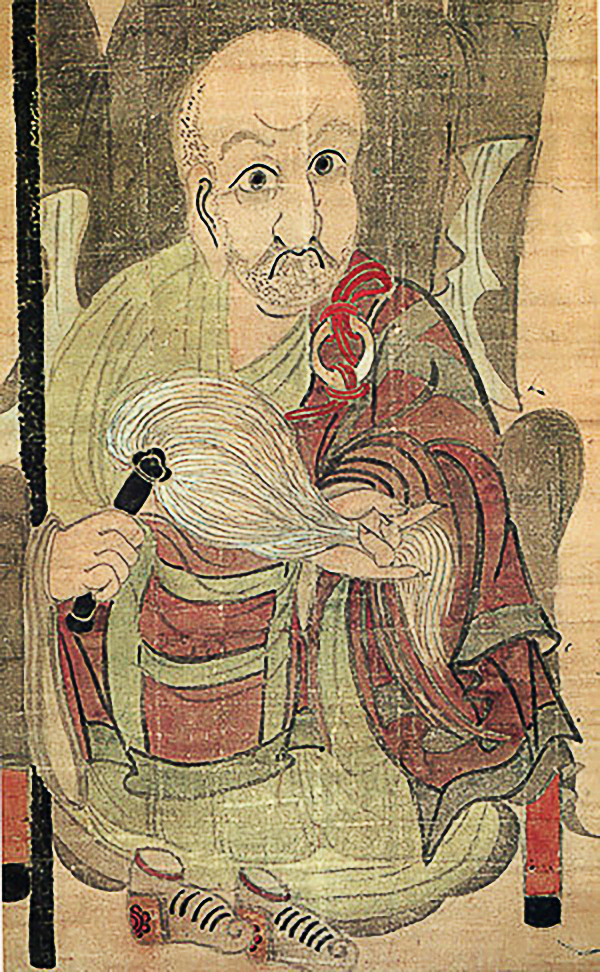
With greatest respect and reverence, I encourage all you superior seekers in the secret depths to devote yourselves to penetrating and clarifying the self as earnestly as you would put out a fire on the top of your head. I urge you to keep boring your way through as assiduously as you would seek a lost article of incalculable worth.
I enjoin you to regard the teachings left by the Buddha-patriarchs with the same spirit of hostility you would show toward a person who had murdered both your parents. Anyone who belongs to the school of Zen and does not engage in the doubting and introspection of koan must be considered a deadbeat rascal of the lowest kind, someone who would throw aside his greatest asset. As a teacher of the past said, “At the bottom of great doubt lies great enlightenment … From a full measure of doubt comes a full measure of enlightenment.”
Don’t think the commitments and pressing duties of secular life leave you no time to go about forming a ball of doubt. Don’t think your mind is so crowded with confused thoughts you are incapable of devoting yourself singlemindedly to Zen practice. Suppose a man was in a busy market place, pushing his way through the dense crowd, and some gold coins dropped out of his pocket into the dirt. Do you think he would just leave them there forget about them and continue on his way because of where he was?
Do you think someone would leave the gold pieces behind because he was in a crowded place or because the coins were lying in the dirt? Of course not. He would be down there frantically pushing and shoving with tears in his eyes trying to find them. His mind wouldn’t rest until he had recovered them. Yet what are a few pieces of gold when set against that priceless jewel found in the headdresses of kings — the way of inconceivable being that exists within your own mind? Could a jewel of such worth be attained easily, without effort?



